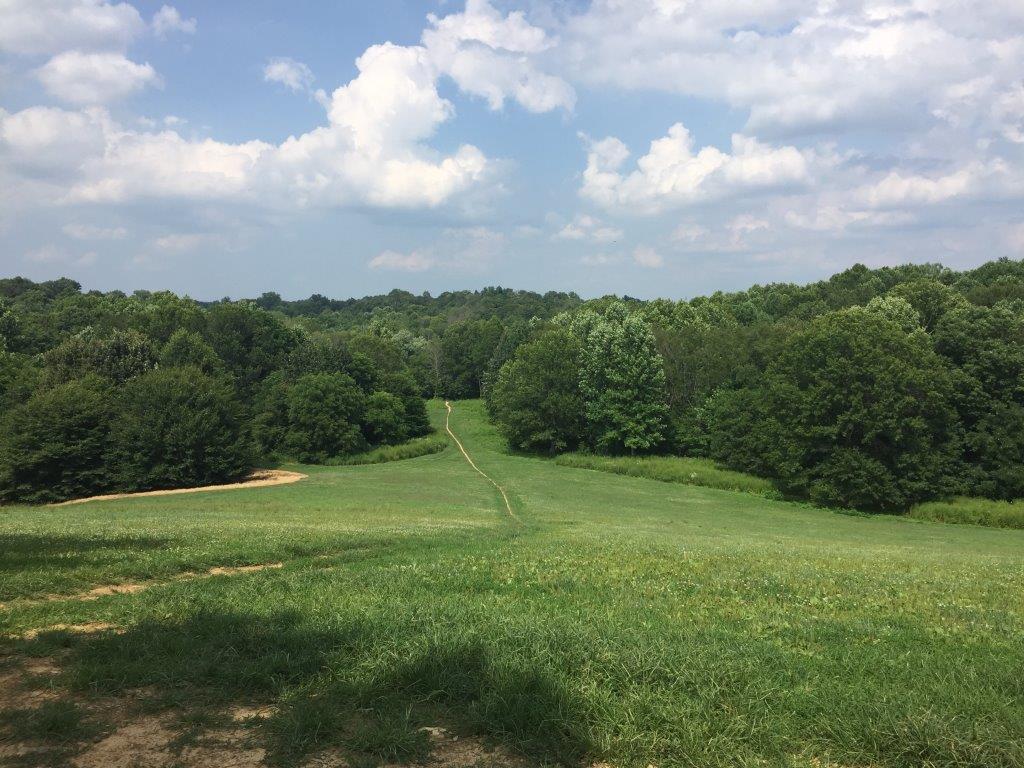Two years ago, a group of 60 North Carolina architects and design aficionados boarded a motor coach bound for Thomas Jefferson’s final masterpiece, near Lynchburg, Va. Poplar Forest is an octagonal shaped residence with a perfect, 20-foot by 20-foot cube, 20 feet high, at its center. There, the former president dined at his octagonal-shaped table
When the tour group arrived, it split into two groups – one to experience the landscape, and another, the interior. But one individual did neither. Instead, sketch pad and pen in hand, he settled under the shade of a centuries-old tree and began to draw the home and landscape. To understand it, he sketched it.
His name is Frank Harmon, and his skill with a pen is as legendary as his art as an architect. He’s recently begun to share his drawings and thoughts regarding the relationship between nature and manmade structures, on a web site he calls “Native Places.” His first two posts, on James Monroe’s Ash Lawn and the homes at Salterpath on the Carolina coast, are reproduced here, with drawings of the two – and a bonus selection of his sketches of Poplar Forest.
Ash Lawn
James Monroe lived in this modest house at Ash Lawn for many years before and after he was the fifth president of the United States. His cabin is similar to thousands built by colonial families throughout Virginia and North Carolina. The only thing that distinguishes his house is the mahogany furniture inside and a marble bust of Napoleon, presented to Monroe by the Emperor himself.
The form of the house, with a porch facing south and a central hall between rooms, welcomed cooling breezes in summer. Materials to build the house were dug or grown nearby. Tall ash trees shade the roof in summer and allow the sun to warm the dwelling in winter. Today we call these features sustainable. To Monroe, they were common sense.
Then, as today, the most effective features of a sustainable house are free.
Building in the Face of Danger
Hurricane Sandy came as a rude shock to many waterfront residents of New York and New Jersey: Houses in Staten Island, Bay Ridge, and even Red Hook in Brooklyn were torn apart by high winds and tide. Living in a metropolis does not guarantee immunity from a storm of epic proportions like Sandy. In fact, it creates a false sense of safety. Yet everyone wants to live on the waterfront. It’s the front row in the playhouse of man against nature.
These small houses at Salterpath, NC, have survived hurricanes far more severe than Sandy. Fishermen built these houses,whose families have lived on the Bogue Banks for generations .They understood severe weather on the oceanfront, so they built their house in a valley behind the oceanfront sand dunes. The live oaks sheltering the houses have been there for over 100 years. So have the houses. They were built with nature in mind.
For more information, go to http://nativeplaces.tumblr.com/
[slideshow id=916]

